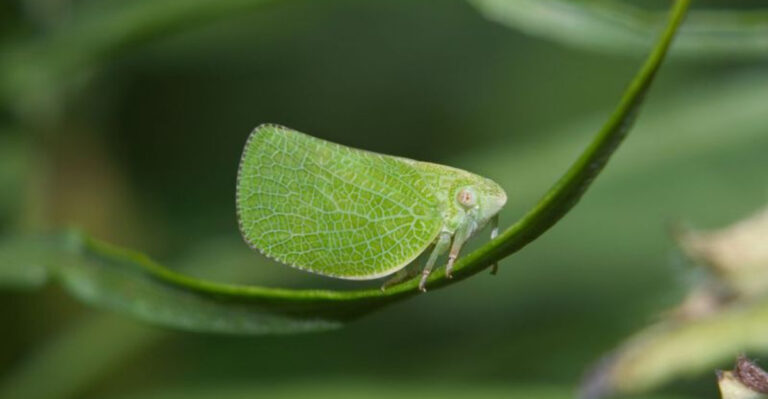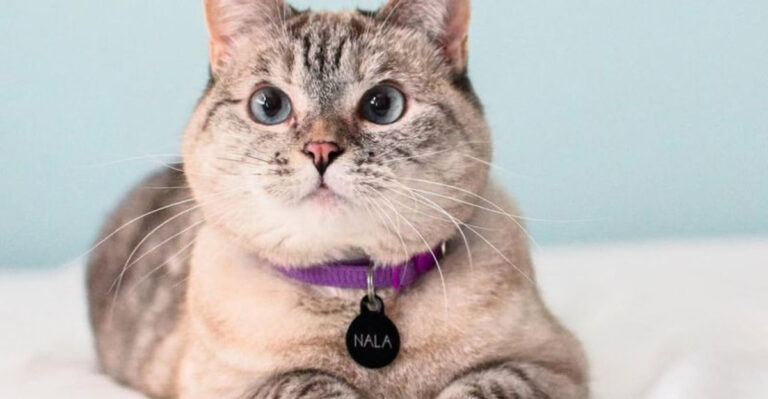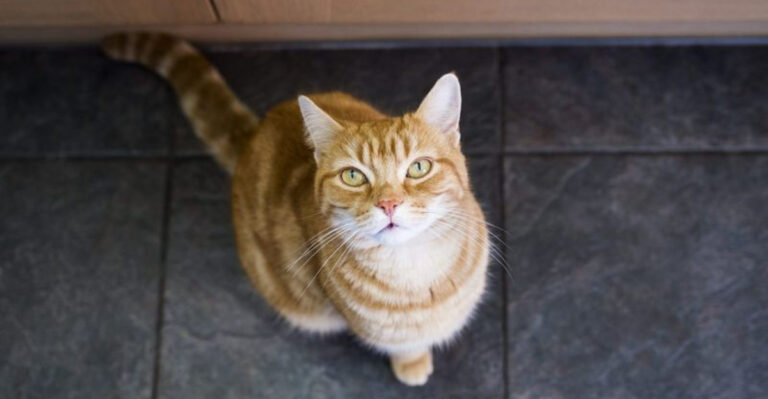13 Clever Ways To Attract Frogs And Toads To Your Yard To Help It Flourish
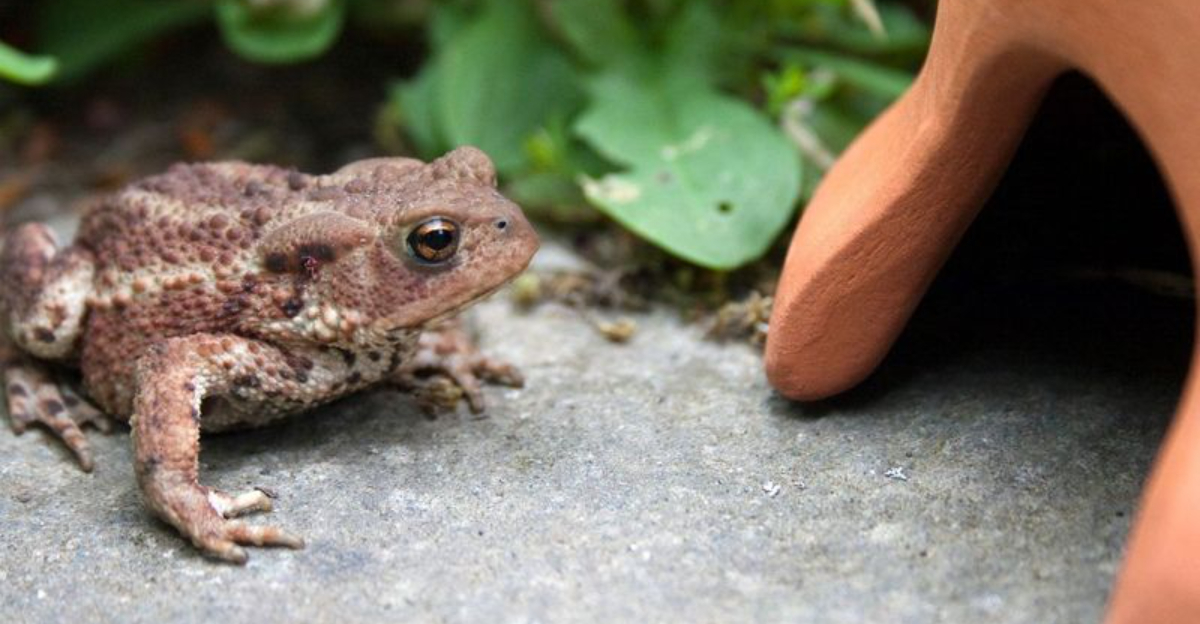
Ever noticed how a thriving garden seems to have a natural chorus of croaks and ribbits? Frogs and toads are nature’s pest control superheroes, gobbling up slugs, mosquitoes, and other garden pests that damage your plants.
These amphibian friends can eat hundreds of insects daily, making them valuable allies in maintaining a balanced, chemical-free yard. Let’s explore how to roll out the welcome mat for these helpful hoppers!
1. Nature’s Pest Controllers
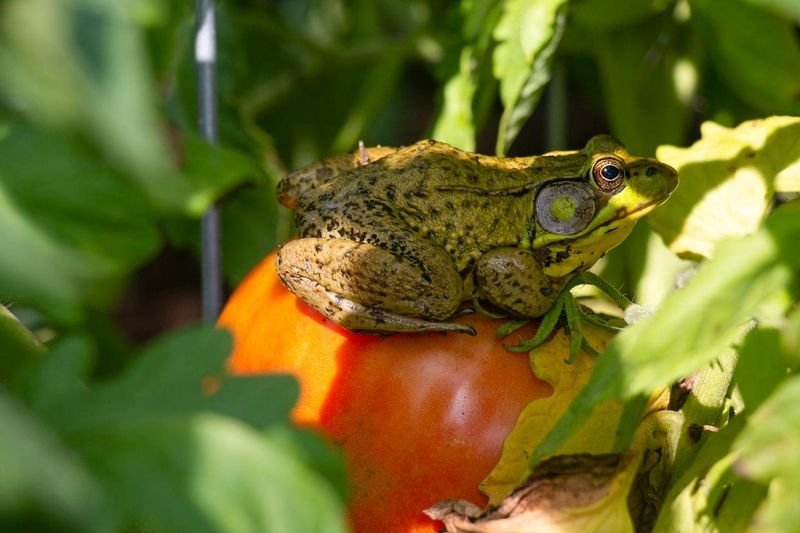
Frogs and toads are garden superheroes in disguise! A single frog can devour up to 100 insects in one night, including mosquitoes, flies, and harmful garden pests that munch on your precious plants.
These amphibians target slugs and snails too – creatures that can decimate your vegetable patch overnight. By inviting frogs to your yard, you’re essentially hiring a 24/7 pest management team that works for free.
Their presence indicates a healthy ecosystem, free from harmful chemicals. When frogs thrive, your garden flourishes naturally, creating a beautiful balance that benefits everything from soil health to plant growth.
2. Create A Simple Pond
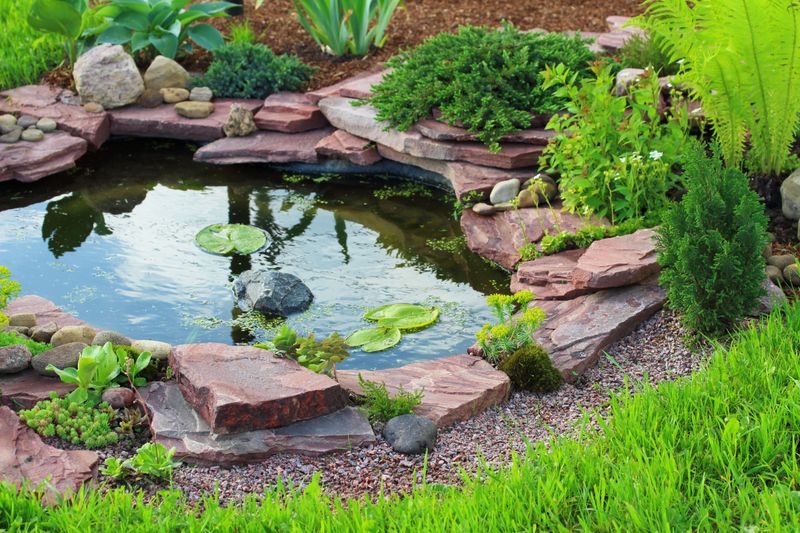
Amphibians need water to breed and keep their skin moist. Even a small water feature can become frog central in your yard!
Start with a shallow container – even an old washbasin or kiddie pool works perfectly. Place it in a partially shaded spot to prevent water from overheating. Add a few rocks that stick out above the water line, giving frogs spots to rest and sunbathe.
Native water plants provide hiding places and help keep the water clean. No need for fancy filters or pumps! Frogs actually prefer still water for laying eggs, making this project both simple and effective.
3. Skip The Chemicals
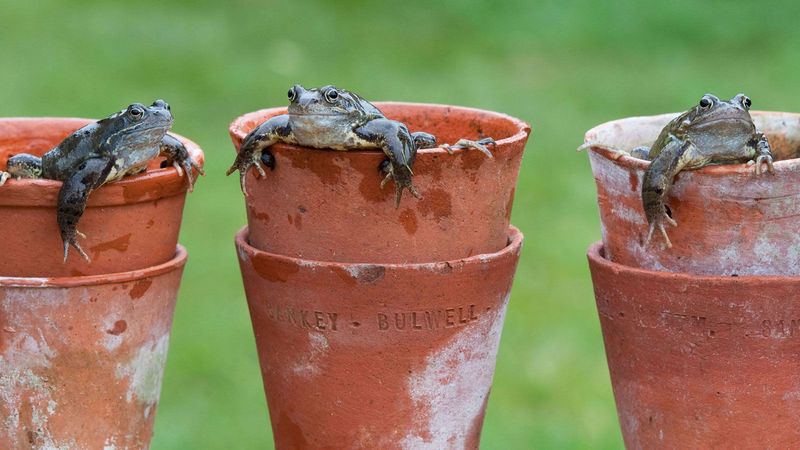
Frogs breathe and drink through their skin, making them super sensitive to chemicals. Pesticides, herbicides, and synthetic fertilizers are like kryptonite to these helpful creatures – even small amounts can harm or kill them.
Switch to organic gardening methods instead. Compost, mulch, and natural predators (like your frog friends!) can handle most garden issues without the toxic aftermath. Hand-pulling weeds might take more effort, but your amphibian pals will thank you.
The bonus? Your soil, plants, beneficial insects, and even your family will be healthier without these chemicals around.
4. Rock Piles And Hiding Spots
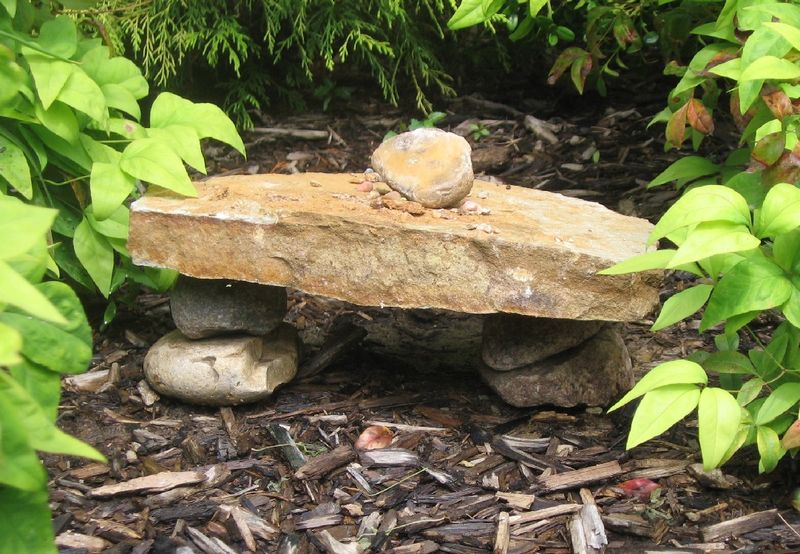
Frogs need cozy hideaways to escape predators and harsh weather. Creating rock piles throughout your garden gives them perfect daytime retreats.
Stack different-sized stones with small gaps between them – these natural caves are amphibian dream homes! Place these hideouts near water sources but scatter others throughout your yard too.
Toads especially appreciate dry shelters away from ponds, as they’re less aquatic than frogs. For extra frog-friendliness, position some rocks in both sunny and shady spots.
This gives your hopping visitors options for regulating their body temperature throughout changing weather conditions.
5. Native Plant Buffet
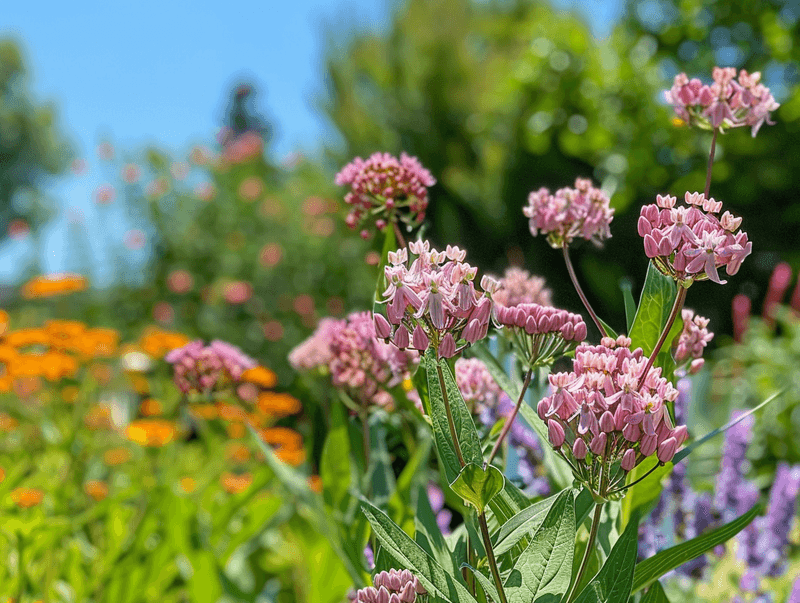
Native plants attract native insects, which are basically frog fast food! Choose plants indigenous to your region that support local bug populations.
Tall grasses, ferns, and broad-leaved plants create hunting grounds where frogs can ambush their meals. Leave some areas of your garden slightly wild and unmanicured.
These jungle-like patches become perfect hunting zones where frogs can hide and pounce on unsuspecting bugs.
Bonus tip: night-blooming flowers attract moths and other nocturnal insects, providing midnight snacks for your amphibian friends when they’re most active. Your garden becomes a 24-hour amphibian restaurant!
6. Build A Toad Abode
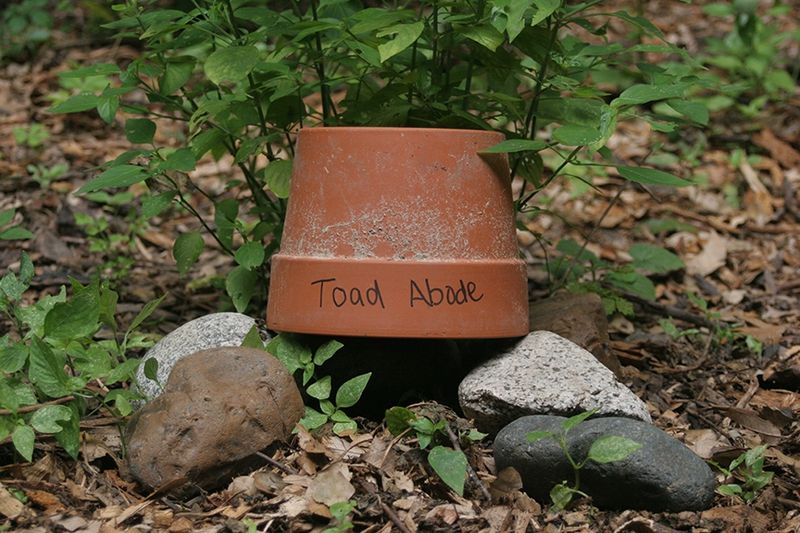
Crafting a toad house is super easy and fun for kids to help with! Simply flip a terracotta pot on its side, bury it halfway into soil in a shady spot, and – voilà – instant toad mansion!
Break a small chunk from the pot’s rim to create a doorway if needed. Place your toad abodes near garden beds where pests are problems.
Your warty tenants will emerge at night to feast on slugs and insects munching on your veggies. For extra appeal, place a shallow water dish nearby and surround the house with moisture-loving plants.
Toads particularly appreciate these ready-made homes and may return year after year!
7. Leave The Leaves
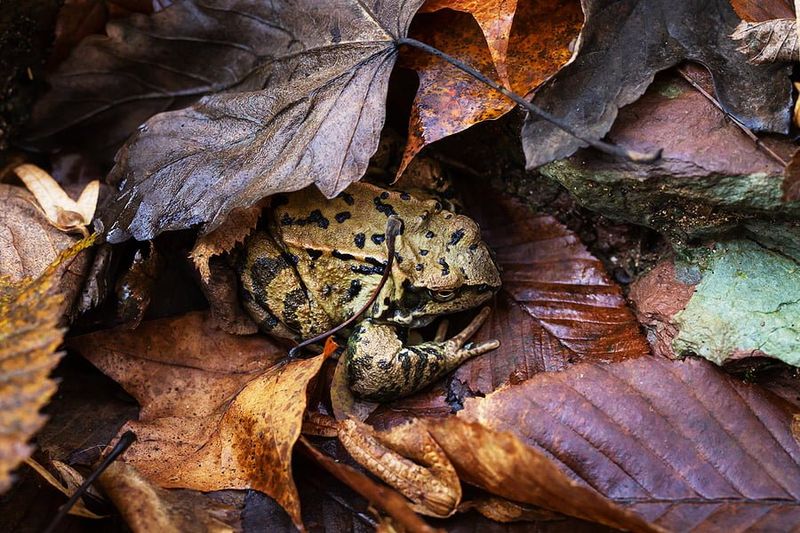
Fallen leaves aren’t yard waste – they’re five-star accommodations for frogs and toads! Instead of raking everything away, create leaf piles in quiet corners of your yard.
These natural blankets provide perfect hibernation spots during winter months. The decomposing leaves also attract insects, worms, and other small creatures that frogs love to munch on.
Think of it as setting up an all-you-can-eat buffet right next to their bedroom! For garden beds, use leaves as natural mulch.
This keeps soil moist and cool – exactly what frogs need when hopping around your yard on hot summer days. Mother Nature’s free air conditioning system!
8. Night Light Management
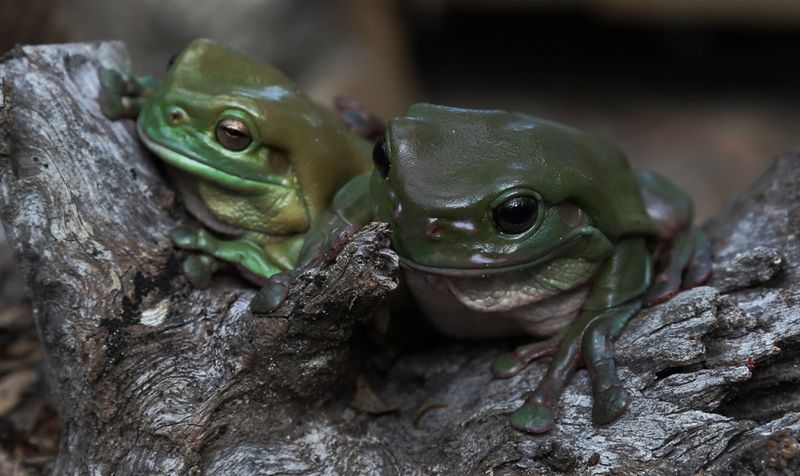
Bright outdoor lighting disrupts frogs’ natural behavior and can drive them away from your yard. Many amphibians hunt at night and use darkness as protection from predators.
Too much artificial light confuses and stresses them out! Opt for minimal, low-level lighting in your garden. Motion-sensor lights work great – they only turn on when needed.
If you must have lighting, choose warm-colored bulbs (yellow or amber) instead of harsh white or blue lights.
As a bonus, reducing light pollution helps you enjoy nighttime frog concerts! You’ll hear more croaking and peeping when frogs feel safe under the natural cover of darkness.
9. Moist Mulch Zones
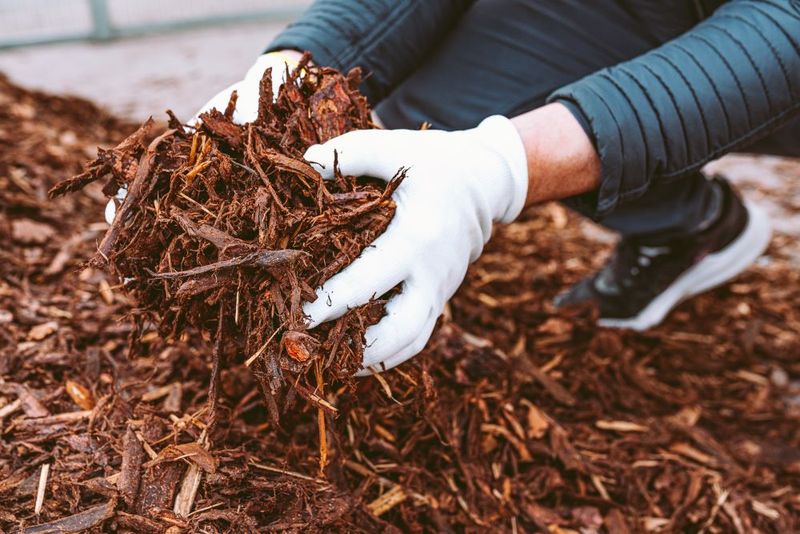
Frogs and toads need dampness to keep their permeable skin from drying out. Creating heavily mulched areas around your garden provides perfect moist hideaways.
Wood chips, straw, or cocoa hulls work wonderfully to lock in ground moisture. Apply mulch in thick layers (about 2-3 inches deep) around plants and in shady corners. Water these areas regularly during dry spells to maintain the humidity frogs crave.
These cool, damp zones become amphibian highways through your garden. The mulch has a double benefit – it also attracts earthworms and insects that become frog snacks while improving your soil quality. Talk about a win-win solution!
10. Shallow Water Dishes
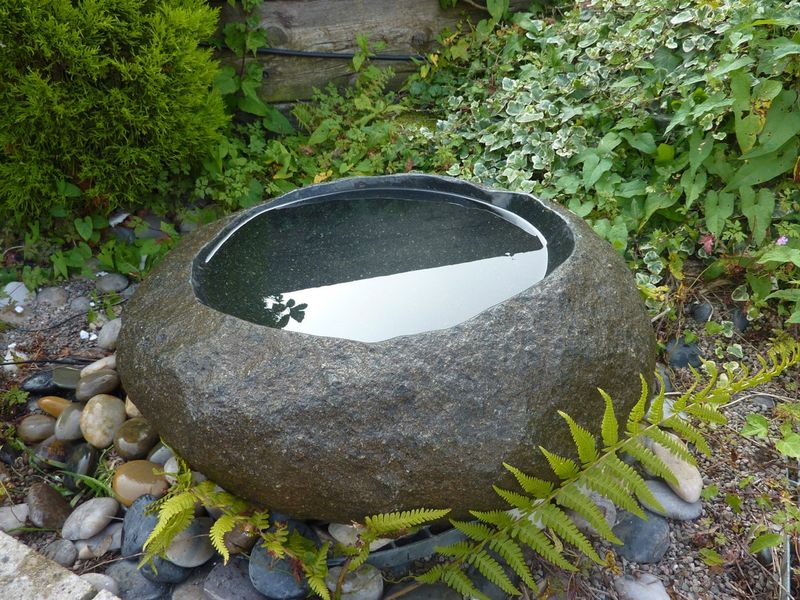
Not ready for a pond? No problem! Scatter shallow dishes of water throughout your garden instead. Old plant saucers, pie tins, or even frisbees work perfectly when filled with an inch or two of water.
Place these mini-oases in shady spots and refresh the water every few days to prevent mosquito breeding. Add a few pebbles or small branches that stick out of the water – these give frogs safe entry and exit points.
During hot summer days, these water stations become essential rest stops for traveling amphibians. Think of them as frog gas stations, helping these beneficial creatures navigate through your yard!
11. Welcome Wild Edges
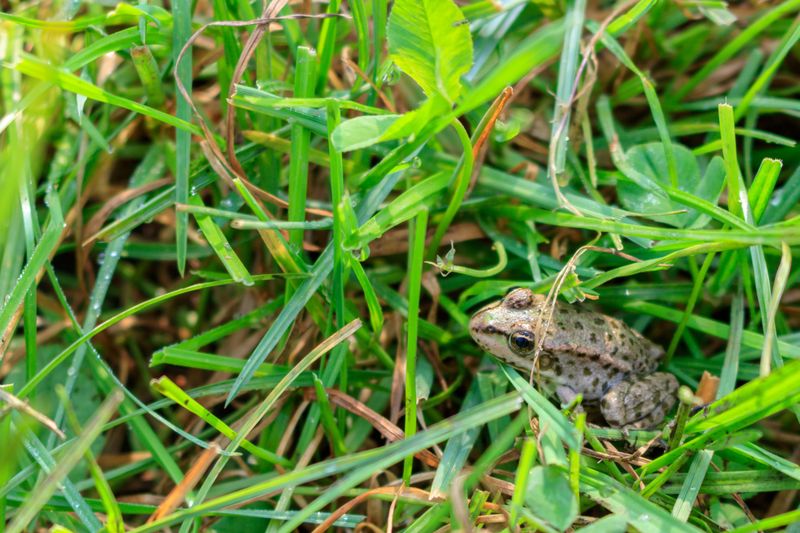
Perfectly manicured lawns are frog deserts! Instead, create wild boundaries around your yard where grass grows taller and wildflowers bloom freely.
These untamed edges provide crucial travel corridors for amphibians moving between habitats. Allow some areas to grow shaggy – especially along fences or property lines.
The varying heights create microhabitats with different moisture levels and temperatures. Frogs use these wild zones as hunting grounds and rest stops.
Even dedicating just 10% of your yard to being slightly wild makes a huge difference for biodiversity. Your neighbors might raise eyebrows, but your frog population will explode with gratitude!
12. Provide Moving Water
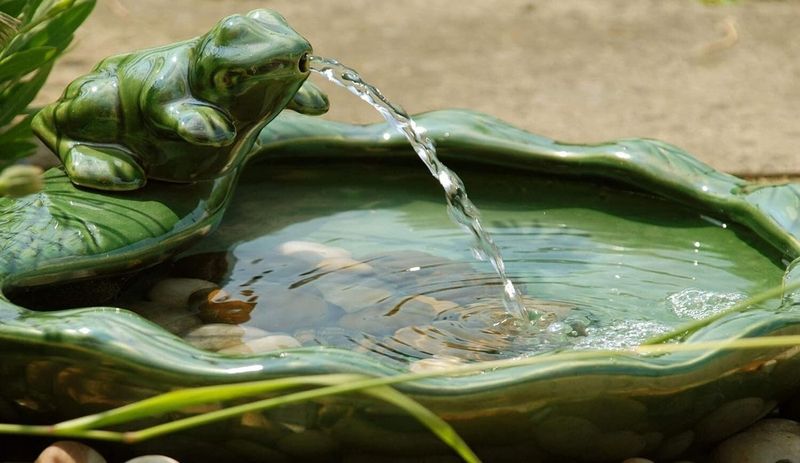
The gentle splash of moving water acts like a dinner bell for frogs! A small solar fountain in your pond or even a dripper system creates sounds that attract amphibians from surprising distances.
The noise mimics natural water sources frogs instinctively seek out. Moving water stays fresher and contains more oxygen than stagnant pools.
This creates healthier breeding conditions for frogs and their tadpoles. Just keep the current gentle – strong water movement can exhaust tadpoles.
As a bonus, the pleasant bubbling sound masks traffic noise and adds a peaceful element to your garden. Both you and the frogs will appreciate this calming water feature!
13. Create Shady Retreats
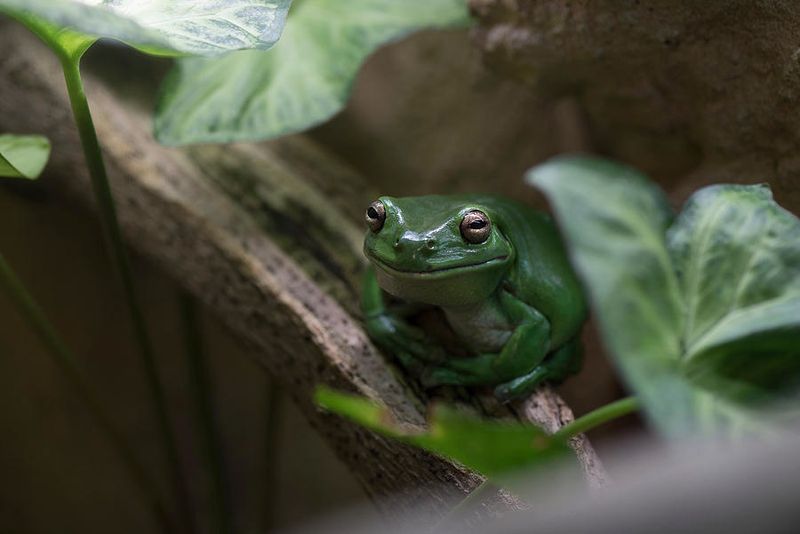
Frogs literally cook in direct sunlight! Their moist skin makes them vulnerable to dehydration, so creating cool, shaded areas throughout your garden is essential for their survival.
Large-leafed plants like hostas, ferns, and elephant ears provide perfect natural umbrellas. Position these shade-makers near water features or along pathways between different garden areas.
This creates protected travel routes for your amphibian friends during daylight hours. Morning sun spots with afternoon shade work best – allowing frogs to warm up early but escape the intense midday heat.
These shady hideaways become frog lounges where they rest between hunting expeditions.
14. Frog-Safe Water Features
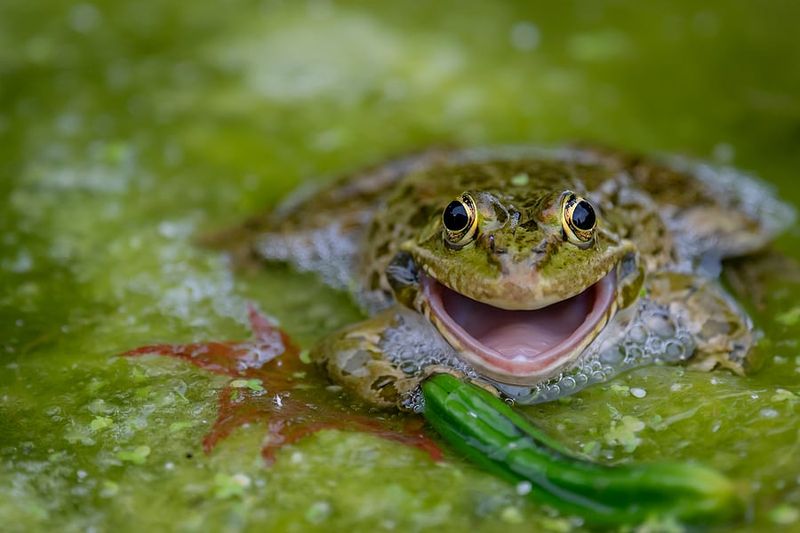
Slippery-sided ponds become death traps for frogs! Always include gently sloping edges or “frog ramps” so creatures can easily enter and exit water. Natural materials like rocks and logs make perfect exit routes.
Avoid using chlorinated water or chemical treatments in your pond. If using tap water, let it sit for 24-48 hours before adding it to your pond to allow chlorine to dissipate.
Rainwater is even better – consider connecting a rain barrel to your pond system. Keep water levels consistent, especially during breeding season.
Sudden drops can strand tadpoles, while overflows might wash them away. Your thoughtful water management creates safe nurseries for future frog generations!

